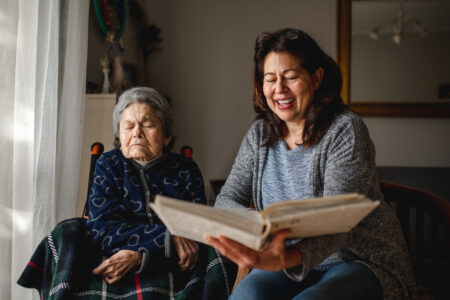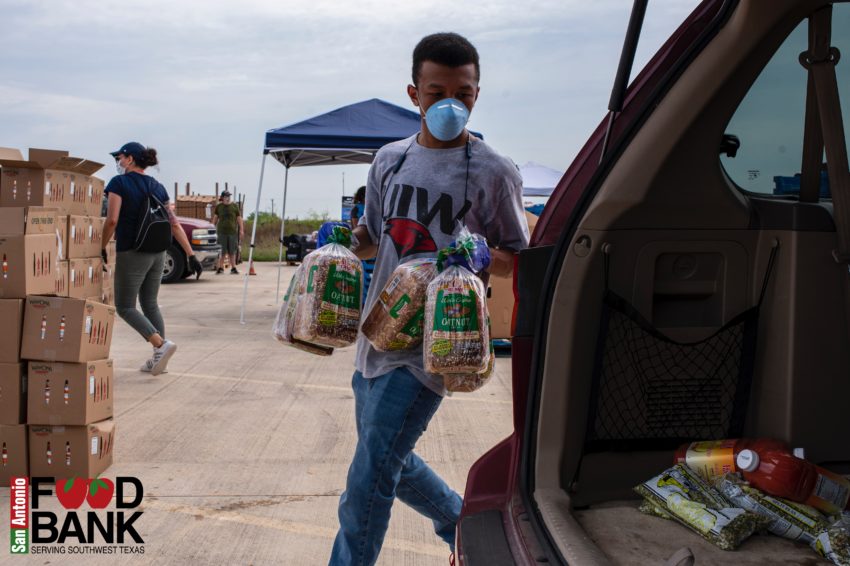
Share On Social!
New York City is combating more than just the immediate impacts of the COVID-19’s pandemic.
Last week, numerous city officials—including Mayor Bill de Blasio—announced new government programs to assist residents with food insecurity. With the help of his Taskforce on Racial Inclusion & Equity, the program will be aimed at those who are suffering some of the worst impacts: People of color.
“Every New Yorker should have equitable access to healthy food,” said Mayor Bill de Blasio to press release. “These programs will help families get nutritious foods without having to sacrifice spending on other critical needs.”
Previously the New York City agencies surveyed with community members, and this feedback helped to inform the issue areas of the Taskforce’s work.
During the pandemic, the people of color experience worsening health inequities, disparities in exposure, testing, prevention and treatment, and job impact.
Coronavirus Racial Inequality Task Force
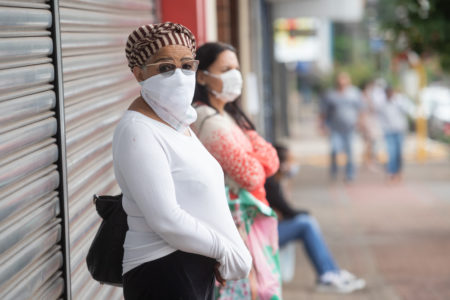 The coronavirus racial inequity task force program aims to bring in for the communities of color with easier access to nutritious, high-quality foods with meal deliveries, online grocery shopping, and more during COVID-19 pandemic.
The coronavirus racial inequity task force program aims to bring in for the communities of color with easier access to nutritious, high-quality foods with meal deliveries, online grocery shopping, and more during COVID-19 pandemic.
New York’s poorest ZIP codes have been hardest hit by the pandemic, city data show, and minorities — many among the city’s essential workers — have died at disproportionately higher rates.
In New York and many parts of the country, Latinos and other people of color are experiencing disproportionately more cases.
The Taskforce work will try to guarantee that COVID-19 response and recovery efforts are tailored to meet the specific needs of New Yorkers in communities of color.
The city will decrease operational necessities for the Emergency Food Assistance Program (EFAP) from 6 months to 4 months to permit more food pantries and soup kitchens in high-need communities to contribute and expedite emergency distribution to additional locations. This will allow an extra 100 to 200 food pantries and soup kitchens in the hardest-hit neighborhoods to enroll.
“Communities across New York City – and communities of color in particular – deserve access to fresh, healthy, and affordable food, and need it now more than ever,” said Anusha Venkataraman, co-chair of the Taskforce subcommittee on Food Access & Insecurity and NYC Chief Service Officer said in a press release. “I am proud of the Taskforce’s work to expand and improve these important initiatives, and support local businesses in the process. Moreover, these options will help expand choice, including culturally appropriate foods, so that New Yorkers can choose which foods they want to eat and feed their families.”
Food Insecurity for People of Color During Pandemic
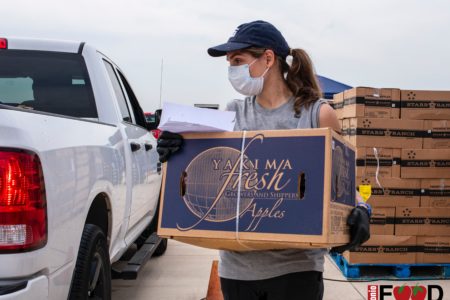 Food insecurity exists when “the availability of nutritionally adequate and safe foods or the ability to acquire acceptable foods in socially acceptable ways is limited or uncertain.”
Food insecurity exists when “the availability of nutritionally adequate and safe foods or the ability to acquire acceptable foods in socially acceptable ways is limited or uncertain.”
The pandemic has caused inadequate incomes and resources to contribute to food insecurity, health, and educational consequences. This has placed on marginalized people additional financial strains and more significant barriers to finding employment, tackling childhood poverty, and promoting self-sufficiency and intergenerational mobility during the pandemic.
We must realize that our response to food insecurity has to go beyond the typical approach of providing more food to those who need it; giving food is a necessary Band-Aid to the immediate problem.
States are allowed to request special waivers from the Secretary to provide temporary, emergency CR-SNAP benefits to existing SNAP households.
The coronavirus stimulus bill includes $15 billion in SNAP funding. The money would be used when USDA deems it needed to cover over-budget cost or participation in SNAP due to COVID-19.
Texas Gov. Greg Abbott extended certifications for the Supplemental Nutrition Assistance Program by six months and pushed the Pandemic Electronic Benefits Transfer application deadline to August 21 for families who lost access to free and reduced-price school meals.
What Can You Do to Prevent Food Insecurity Where You Live?
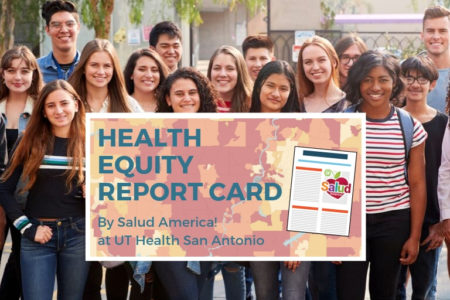 Get a “Health Equity Report Card” to see how you can promote health equity in your area!
Get a “Health Equity Report Card” to see how you can promote health equity in your area!
Select your county name and get a customized Health Equity Report Card by Salud America! at UT Health San Antonio. You will see how your area stacks up in housing, transit, poverty, health care, healthy food, and other health equity issues compared to the rest of your state and nation.
Just enter your county name, and you will see how your area compares to the rest of your state, nation.
Then you can email your Health Equity Report Card to elected officials, share it on social media, and use it to make the case to address food insecurity where help is needed most!
GET YOUR HEALTH EQUITY REPORT CARD!
Explore More:
Healthy Families & SchoolsBy The Numbers
142
Percent
Expected rise in Latino cancer cases in coming years



